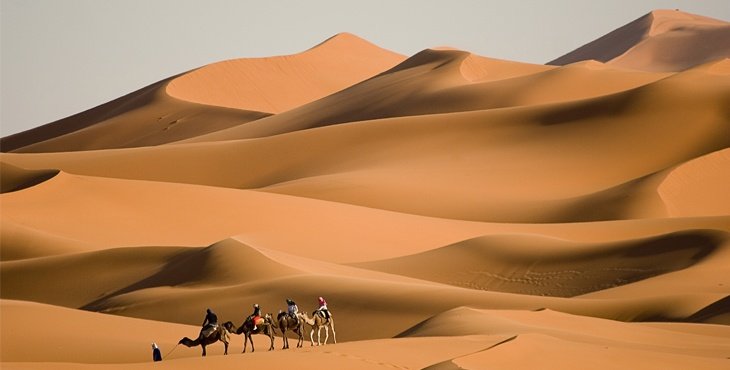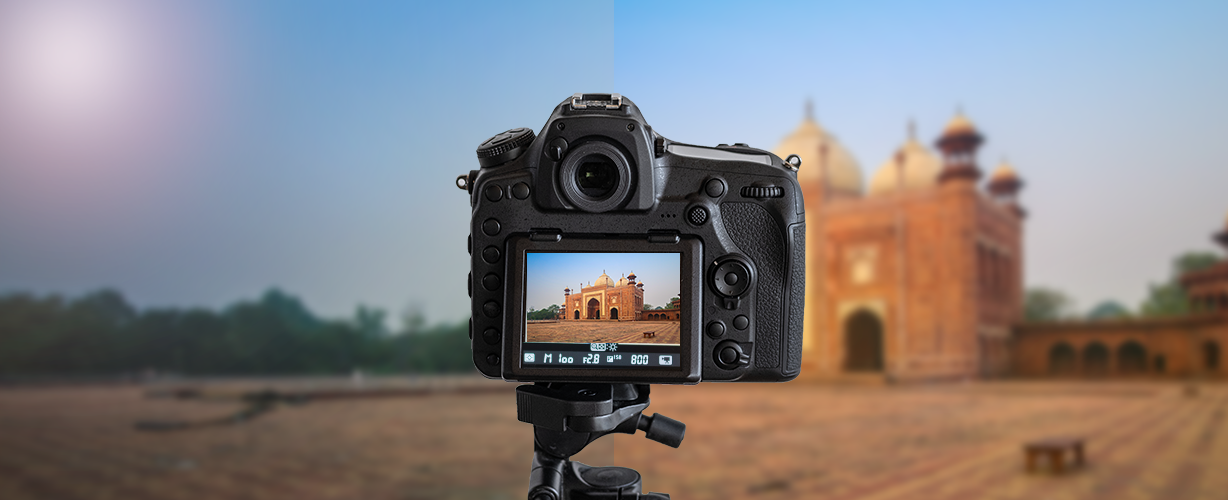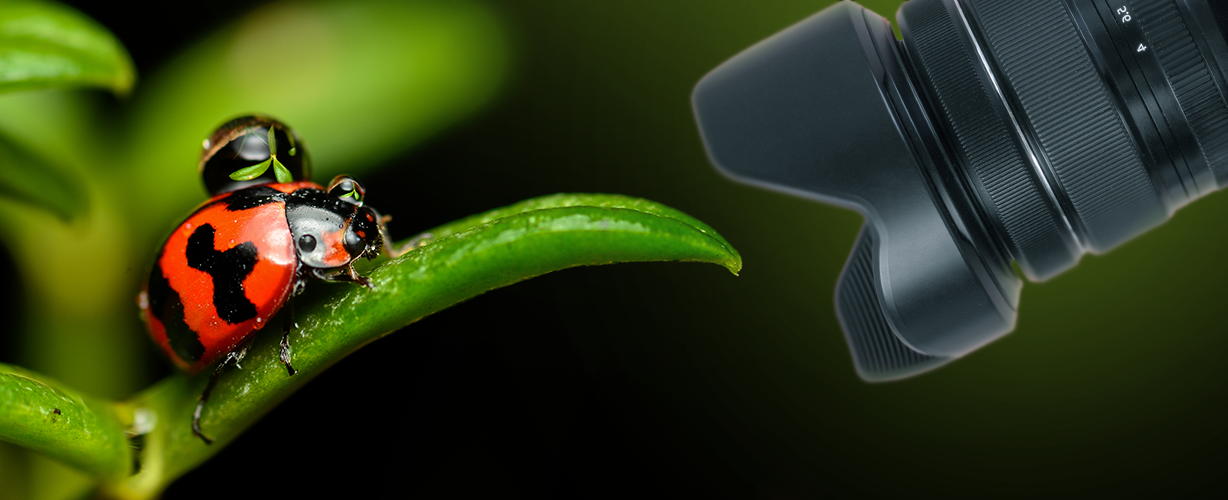Most photographers compose their images based on what’s in them — but the composition is often just as much about what’s not there. Negative space, or empty space, has long been used in art and graphics but the tool can be just as pivotal for creating strong compositions in photography.
Negative space isn’t necessarily white. Sometimes, negative space can actually be made up of objects that are just obscured through the depth of field or exposure. So the topic for discussion is how photographers can use negative space in composition, especially when it can be both something and nothing. Negative space in photography is actually fostered by many principals you already know — learning to recognize the potential of negative space in conjunction with those concepts can help bolster creative compositions.
Rule of Thirds
Rule of Thirds is one of the most well-known rules of photography, but part of the beauty of this compositional technique is that it naturally helps you create negative space without even ever realizing it. The Rule of Thirds suggests dividing the image into threes both vertically and horizontally and placing the subject on one of those lines.
By placing the subject off-center, the rest of the image often (though not always) turns into negative space. That emptiness helps draw the eye towards the subject, which is one of the reasons why the Rule of Thirds is a popular technique.
Using the Rule of Thirds may have led you to use negative space in your photography without even realizing it, but recognizing what negative space can help expand those images even more. After you compose an image based on the Rule of Thirds, take a look at everything but the subject. Are there other objects that are distracting? Is that empty space really empty or pretty crowded? Considering the rest of the image can help you decide whether or not to recompose to eliminate items to create a true negative space, or at the very least helps you think critically about the composition as a whole.
Depth of Field
Sometimes, that negative space is actually an object or even several objects, but when it’s blurred to oblivion, it has the same effect as a true empty space. Using aperture to blur out the other items in a photo can be just as effective.
Blurring out the background in photography can turn a busy scene into a minimalist photograph with plenty of empty space. Think of a typical macro photo of a bug on a leaf — that bug is probably in a bush or garden of some sort, but blurring out the background brings all eyes to the subject, leaving the background as just a blur of green.
The foreground is often forgotten but can be just as useful for creating negative space through the depth of field. Blocking off part of the image with an object that’s blurred through a wide aperture eliminates distractions and can draw attention to the subject.
Exposure
Aperture isn’t the only camera setting that can help create negative space. Exposure as a whole can also be a useful tool for intentionally obscuring parts of the image to draw more attention to the subject — and it can go both ways.
Silhouettes often create negative space, sometimes unintentionally. By darkening the subject and leaving the background white, the subject often stands out. Not every silhouette uses negative space, but a dark subject with a simple background often has the same effect. A variation of this is intentional underexposure so that portions of the image look black; obscuring what could otherwise be a busy scene.
Intentional overexposure has a similar effect. By blowing out the details in portions of the image, the subject is isolated and negative space is created. This technique can often be used with a subject backlit by the sky.
Angle
A single step to the side can often make a big impact on a photograph’s composition — including the effect of negative space. Adjusting the perspective can eliminate distractions, creating negative space.
Often, our surroundings are filled with people, greenery, buildings and other objects, but shooting from a high angle can help eliminate those distractions. Looking down at a person walking across black asphalt has more negative space than a person in a parking lot with cars in the distance.
Finding a way to climb to a higher perspective isn’t always feasible, but sometimes a low angle can have a similar effect. Kneeling and looking up can sometimes isolate the subject against the sky. A bright blue sky can be negative space, or even a sky dotted with clouds can be overexposed to create an empty background.
Patterns
Negative space doesn’t necessarily have to be a large part of the photo. While identifying patterns is a strong compositional technique by itself, because breaking a pattern and negative space are the star of the image. Our eyes (and brains) expect patterns, so when we see a row of evenly spaced trees with one missing, our eyes are immediately drawn to that anomaly.
Looking for patterns is always a solid compositional technique, but identifying (or creating) disrupted patterns intentionally draws the eye not to what’s there, but to what’s not there and that’s the definition of negative space.
Edges
The Rule of Thirds naturally creates empty space — but using the very edges of the image instead creates even more. Placing the subject off the edge of the image is a less common composition, but when used with other techniques for creating empty space, it can be incredibly effective in many scenarios.
Often, using the extreme edges means some of the subject is cropped off, but that allows the viewer’s mind to fill in the blanks. Leaving the rest of the image empty by either choosing a simple background or using one of the other techniques such as exposure or depth of field draws the eye while creating a quirky, fun photograph.
What’s in the photo is important, yes, but what’s not in the image also plays a big role in the composition. By leaving some — or even most — of the image empty, the viewer’s eye is immediately drawn to what matters most: the subject. Negative space is a broad concept that can be created using multiple techniques, from the Rule of Thirds to exposure and extreme edges.
– SmartPHOTOeditors
SmartPHOTOeditors


